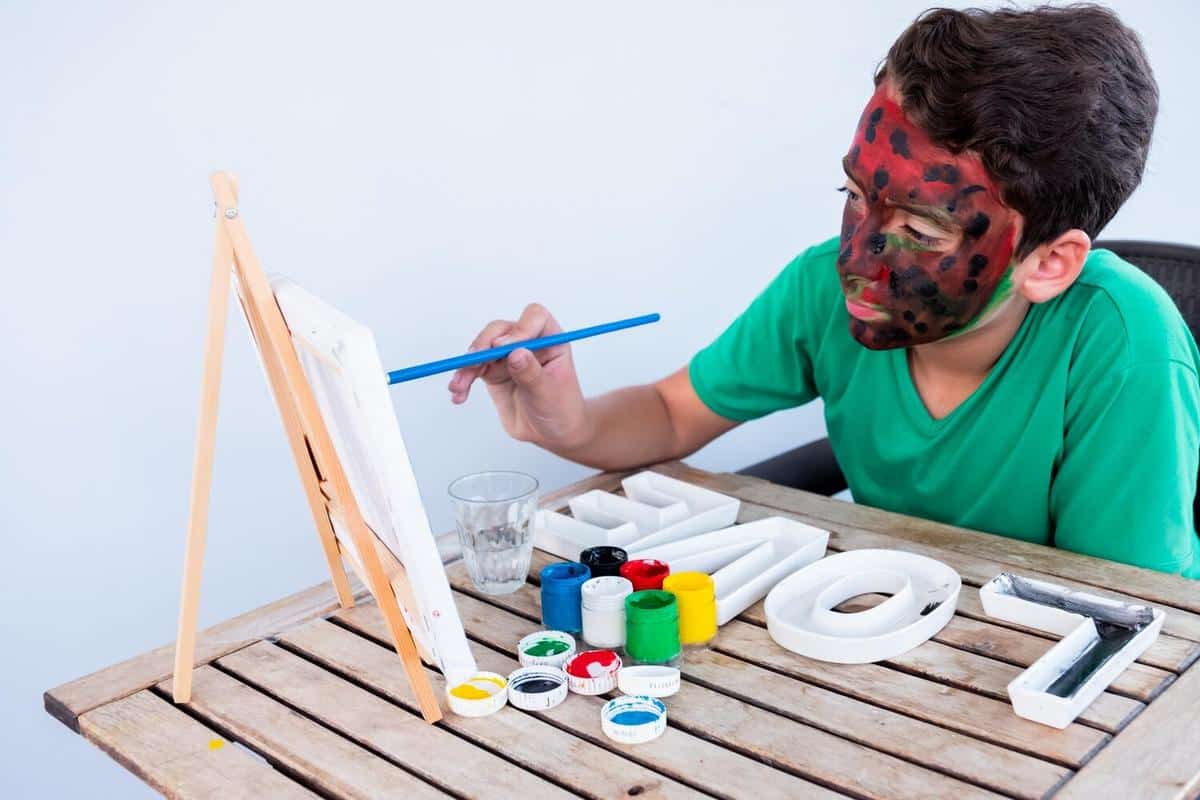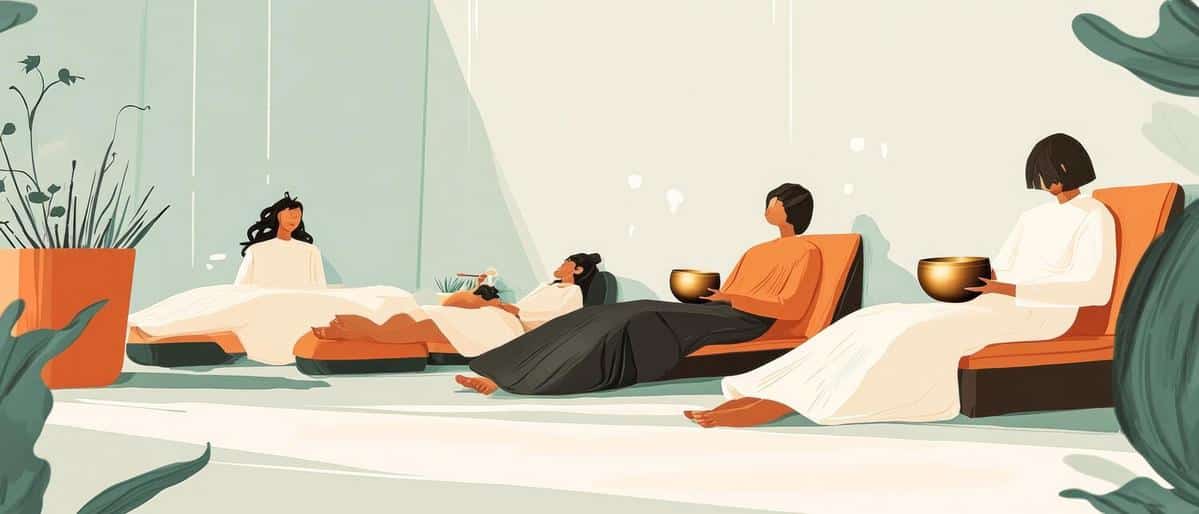
Art Therapy: How Creative Expression Aids Mental Wellness
Art therapy has emerged as a powerful tool in enhancing mental wellness, providing individuals with a unique avenue for healing through creative expression. By tapping into the transformative power of art, individuals can explore emotions, reduce stress, and improve their overall psychological well-being.
Understanding Art Therapy
Art therapy is a form of psychotherapy that uses artistic creation as a means of communication and expression. It is particularly beneficial for those who find it challenging to articulate their feelings verbally. According to the American Art Therapy Association, this therapeutic approach can help people improve cognitive and sensorimotor functions, foster self-esteem, and cultivate emotional resilience.
Expert Insights
Renowned psychologist Dr. Cathy Malchiodi highlights the benefits of art therapy, stating, “Art therapy provides a non-threatening space for self-exploration, allowing individuals to communicate complex emotions without words.” This sentiment is echoed across the field, where the visual arts are valued as a universal language of healing.
Research and Statistics
Research has shown that art therapy can significantly reduce anxiety and depression. A study published in the Journal of the American Art Therapy Association found that participants who engaged in art therapy experienced a 40% reduction in stress levels. This evidence supports the therapeutic potential of artistic activities in mental health treatment.
Personal Stories
Consider the story of Emma, who turned to art therapy after experiencing a traumatic event. Through painting, she found a safe space to process her emotions and eventually achieved a sense of peace and understanding. Emma’s journey illustrates the profound impact of art therapy in personal healing.
How to Incorporate Art Therapy into Your Life
- Start with Simple Materials: Use basic art supplies like pencils, crayons, or paints to begin your creative journey.
- Create a Safe Space: Designate a quiet area where you can focus on your art without distractions.
- Set Aside Regular Time: Dedicate a specific time each week for your art therapy sessions to make it a consistent practice.
- Embrace Imperfection: Remember that art therapy is about expression, not creating a masterpiece.
Comparison of Art Therapy Benefits
| Benefit | Description |
|---|---|
| Emotional Release | Allows for expression of complex emotions in a safe manner. |
| Stress Reduction | Engaging in art can lower cortisol levels, promoting relaxation. |
| Self-Discovery | Art therapy encourages introspection and personal insight. |
| Improved Focus | Creating art can enhance concentration and mindfulness. |
| Resilience Building | Supports emotional resilience through creative challenges. |
| Enhanced Communication | Facilitates non-verbal expression of thoughts and feelings. |
| Community Connection | Art groups foster social interaction and support networks. |
| Cognitive Development | Art activities stimulate brain function and creativity. |
Frequently Asked Questions
What is art therapy?
Art therapy is a therapeutic technique that involves the use of creative processes to help individuals express and understand emotions.
Who can benefit from art therapy?
People of all ages and backgrounds can benefit from art therapy, especially those who have experienced trauma or have difficulty verbalizing feelings.
Do I need to be good at art to try art therapy?
No artistic skill is necessary. The focus is on expression and personal growth, not artistic talent or creating a perfect piece of art.
How can I get started with art therapy?
Begin by exploring art materials you are comfortable with and consider seeking guidance from a certified art therapist.
Conclusion
Art therapy offers a unique and effective approach to improving mental health through creative expression. By integrating art into your wellness routine, you can foster emotional healing and resilience. Whether you are seeking to reduce stress, explore your inner world, or simply enjoy the process of creation, art therapy can be a valuable addition to your mental wellness toolkit. For more information and resources on mental health practices, consider visiting reputable sites such as the National Alliance on Mental Illness or the American Art Therapy Association.


